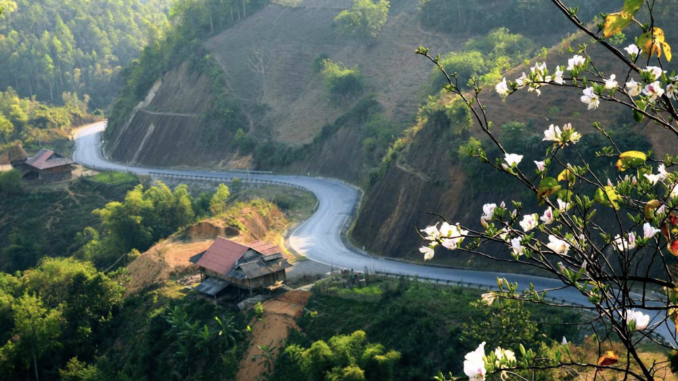
Nestled in the rugged landscapes of Northwestern Vietnam, Dien Bien Province is a region steeped in history and adorned with natural beauty. Known for its significant historical sites and picturesque mountainous terrain, Dien Bien invites travelers to embark on a journey of exploration. In this blog post, we will uncover the essence of Dien Bien, covering its location, transportation, weather, top destinations to visit, and accommodation options.
Location
Dien Bien Province is strategically located in the northwest corner of Vietnam, sharing borders with Laos and China. Surrounded by mountain ranges and dotted with lush valleys, the province is a historical crossroads where various ethnic groups have coexisted for centuries. Dien Bien is most famous for being the site of the decisive Battle of Dien Bien Phu in 1954, which marked the end of French colonial rule in Vietnam.
Transportation
The best way to get to Dien Bien Phu is by bus from Hanoi. The journey takes about 7 hours. There are also regular buses from other major cities in Vietnam, such as Ninh Binh, Thanh Hoa, and Son La.
Once in Dien Bien Phu, you can get around by bus, taxi, or motorbike. There are also a number of tour operators that offer day trips and overnight tours of the province.
Weather
Dien Bien experiences a diverse climate due to its mountainous terrain. Summers are warm, while winters can be cool and misty, especially in the higher elevations. The best time to visit is during the dry season, from October to April, when the weather is more predictable, and outdoor exploration is most enjoyable.
Top destinations to explore
1. Bảo tàng chiến thắng Điện Biên Phủ (Dien Bien Phu Victory Museum)
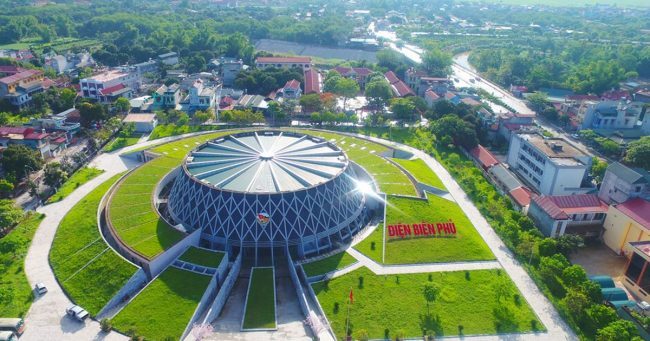
A focal point of the museum, the Battle Room recreates the intense moments of the conflict. Through dioramas, maps, and multimedia presentations, visitors gain a deep understanding of the strategies employed by the Viet Minh and the challenges faced by both sides during the battle.
The museum’s exhibits vividly narrate the story of the Battle of Dien Bien Phu and its aftermath. Visitors are taken on a chronological journey through the war, from the French occupation to the climactic victory. The collection includes photographs, artifacts, and personal accounts, providing an immersive and emotional experience.
2. Chiến trường Điện Biên Phủ (Dien Bien Phu Battlefield)
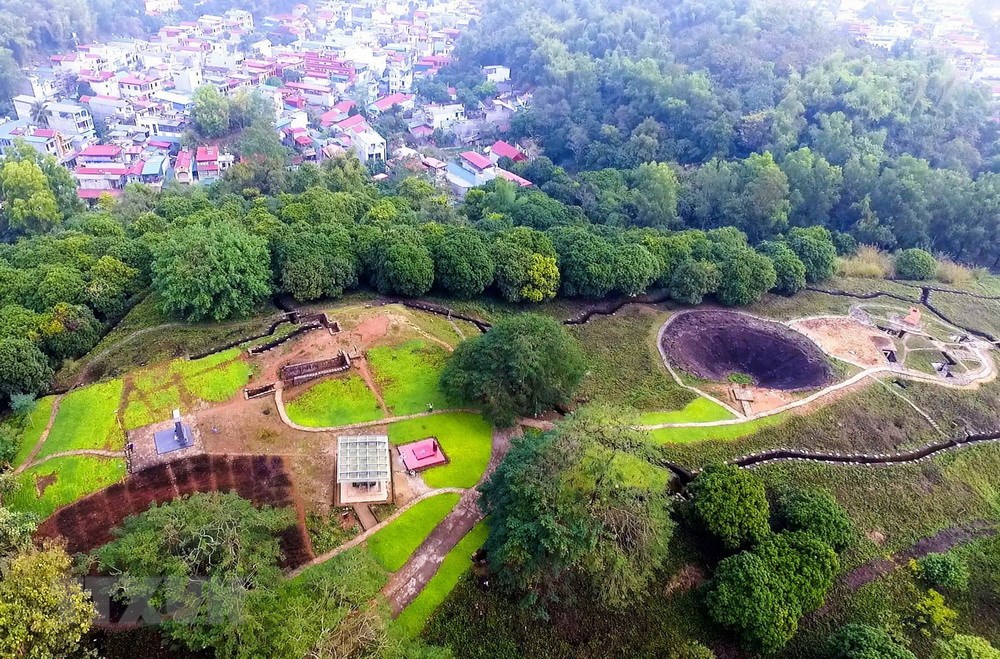
This location has many remnants and eyewitnesses that can be used to reconstruct the key moments of the campaign, whose Vietnamese victory on May 7, 1954, shocked the entire world. Following 56 days of ferocious combat, forces under General Vo Nguyen Giap invited the defeated to depart Tonkin. As a result of North Vietnam gaining its independence, the historic Geneva Agreement was born.
3. Suối khoáng nóng Hua Pe (Hua Pe Thermal Spring)

It is close to Hua Pe Artificial Lake. The area is well-known as a major destination for leisure and well-being because of its stunning features.
The thermal spring features a series of pools, each with varying temperatures to cater to different preferences. From comfortably warm to hot, visitors can immerse themselves in these pools, letting the soothing waters work their magic.
4. Đỉnh A Pa Chải (A Pa Chai Peak)
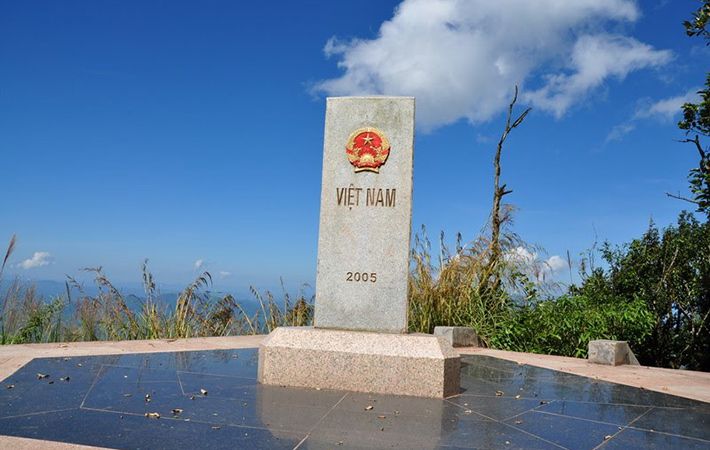
The chance to climb the 1864-meter-high summit of the A Pa Chai mountains is available by taking side trips off the usual path along the borders of China, Laos, and Vietnam. You will mostly encounter members of the Ha Nhi ethnic group in this tiny trekking paradise. They share a typical mountaintop residence with a few other members of their community.
5. Phiên chợ vùng cao (Mountain Market)
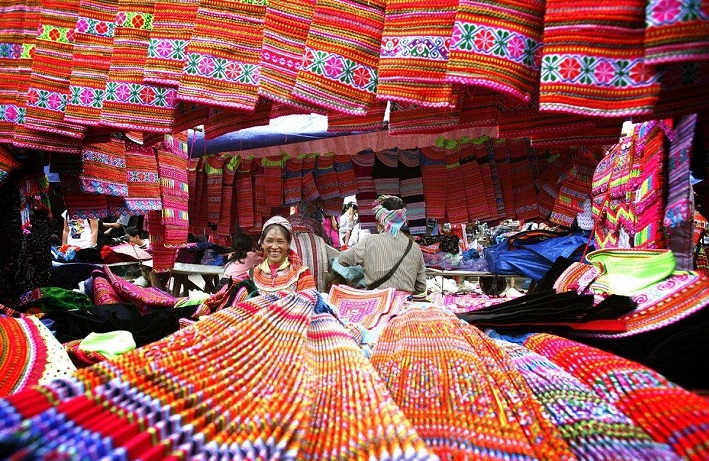
Visit the weekly market to gain some insight into the rich cultural heritage of the area and to learn more about the social life of these mountain people. These vibrant, weekly markets in the Tua Chua district will expose you to vendors wearing their glistening traditional garb.
Food
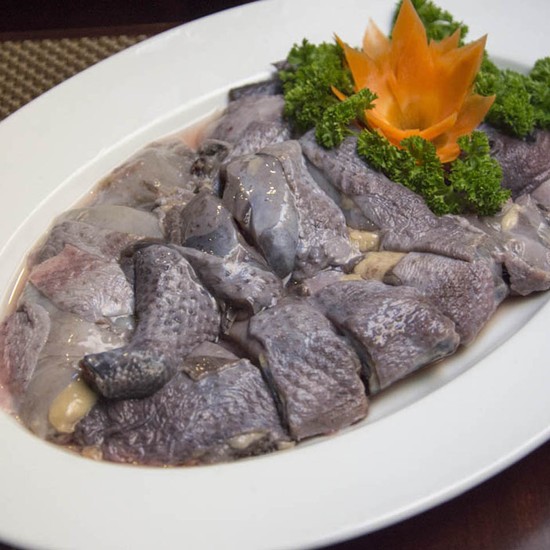
Gà đen Tủa Chùa (Tua Chua Black Chicken): The Hmong people’s specialty, Tua Chua black chicken, has black eyes, black viscera, black flesh, and firm, flavorful meat. This chicken offers more iron and twice as much glutamic acid than regular chicken. Due to its nutrient content and delectable flavor, Tua Chua black chicken is frequently made into porridge for breastfeeding or pregnant women to nourish the body.
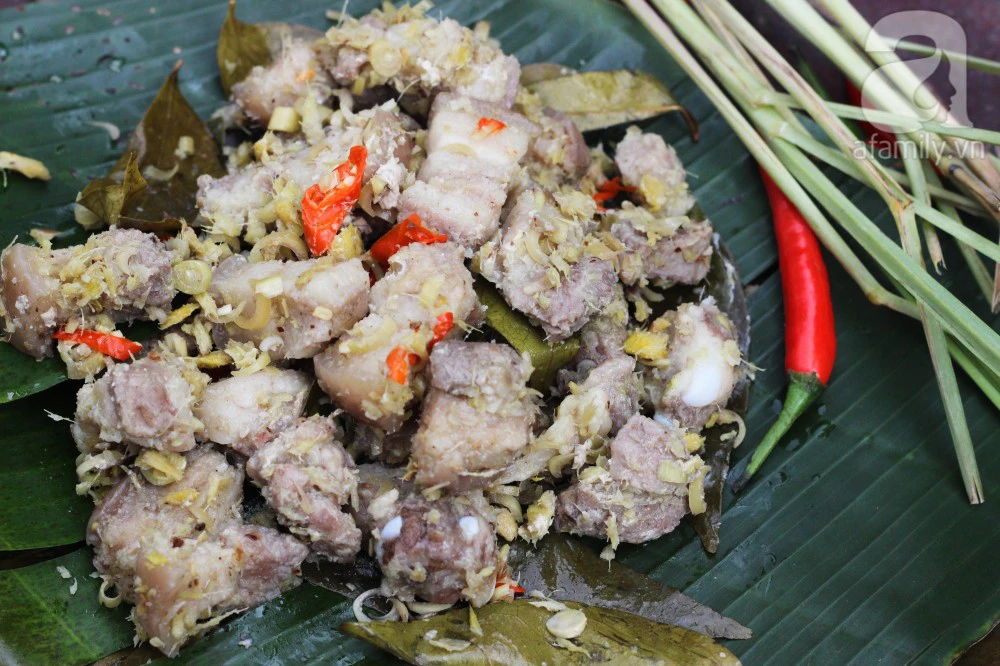
Thịt lợn xay hấp lá chuối (Ground pork steamed with banana leaves): Spices are combined with the minced pork, which is then wrapped in banana leaves and steamed for about an hour. Due to the unique cooking technique, the pork is tender and thoroughly spiced, mixing the flavors of pepper and banana leaves to make the meal even more delectable.
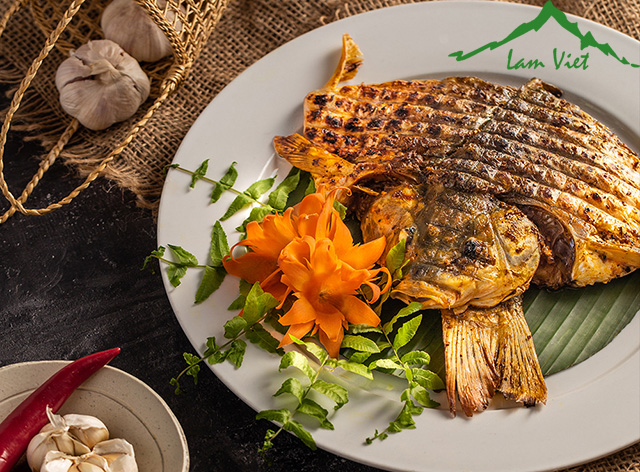
Pa Pỉnh Tộp (Grilled Fish): Fish that has been marinated with flavorful and smoky macadamia seeds, chili, lemongrass, and ginger and then grilled over hot coals until golden and ready to eat. The fish float, grilled carp, and other types of grilled carp become more flavorful and rich than ever thanks to the specific marinades and distinctive marinated spices.
Accommodation
– Muong Thanh Dien Bien Phu Hotel: This 4-star hotel is located in the city of Dien Bien Phu, and offers comfortable rooms and a variety of amenities.
– Ecotourism destinations Him Lam: This resort hotel is located in the Him Lam Nature Reserve, and offers stunning views of the surrounding mountains and forests.
– Dien Bien Phu Plaza Hotel: This 5-star hotel is located in the city of Dien Bien Phu.
– Muong Phang Lake Resort: This resort is located on the shores of Muong Phang Lake.
Dien Bien Phu is a beautiful and historic province with something to offer everyone. Whether you are interested in learning about Vietnamese history, exploring stunning natural scenery, or simply relaxing and enjoying the good life, Dien Bien Phu is the perfect place for you. If you plan to visit this beautiful place, don’t forget to apply for a Visa. With the easy and fast Visa procedures, you can travel to Vietnam at any time!